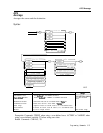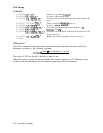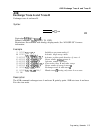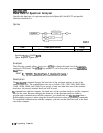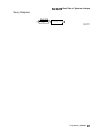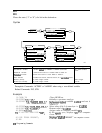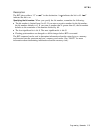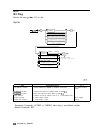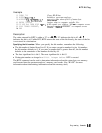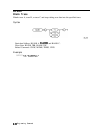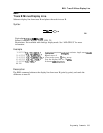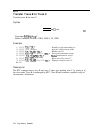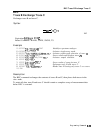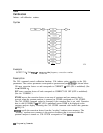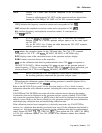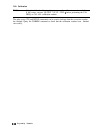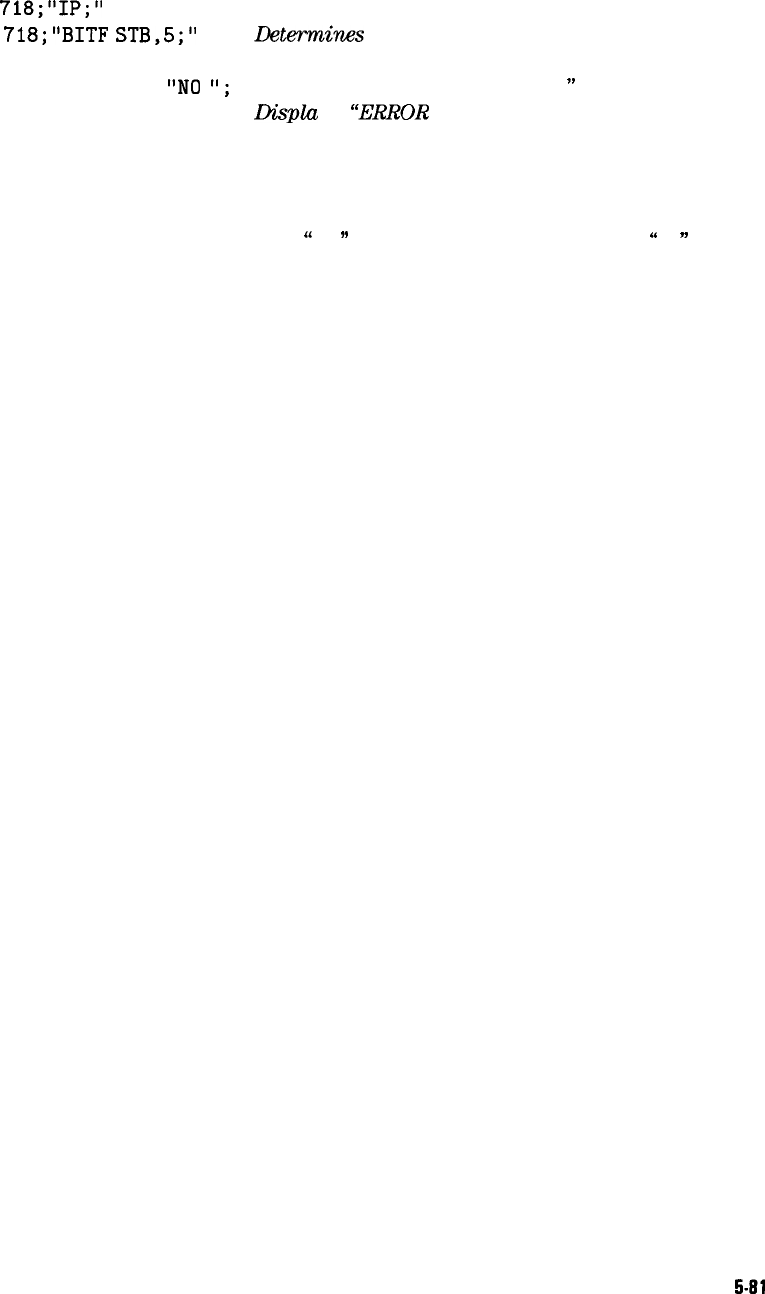
BITF Bit Flag
Example
10
CLEAR 718
20
OUTPUT
718;"IP;"
30 OUTPUT
718;"BITF
STB,5;"
40
ENTER 718;Err
50 IF NOT Err THEN DISP
"NO
'I;
60 DISP "ERROR PRESENT";
70
END
Description
Clears HP-IB bus.
Initializes spectrum analyzer
L3etermines
the value of bit 5 of status byte.
Assigns value to computer variable, Err:
If
Err equals zero, displays “NO
”
on computer screen.
L?ispla
ys
‘<ERROR
PRESENT” on computer screen.
The value returned by BITF is either a “0” or a
“
1.
”
A “0” indicates the bit is off, a
“
1
n
indicates the bit is on. Unlike BIT, BITF returns the state of the bit directly; the state of the bit
is not stored in a destination.
Specifying the bit number: When you specify the bit number, remember the following:
n The bit number is limited from 0 to 63. If you enter a negative number for the bit number,
the bit number defaults to 0. If you enter a number that is greater than 63, the bit number
defaults to the remainder of the number divided by 64.
n
The least significant bit is bit 0. The most significant bit is bit 63.
n
Floating-point numbers are changed to a
64-bit integer before
BITF is executed.
The BITF command can be used to determine information about the status byte or a memory
card inserted into the spectrum analyzer’s memory card reader. (See “HAVE” for more
information about determining information about the memory card.)
Programming Commands
5-91



